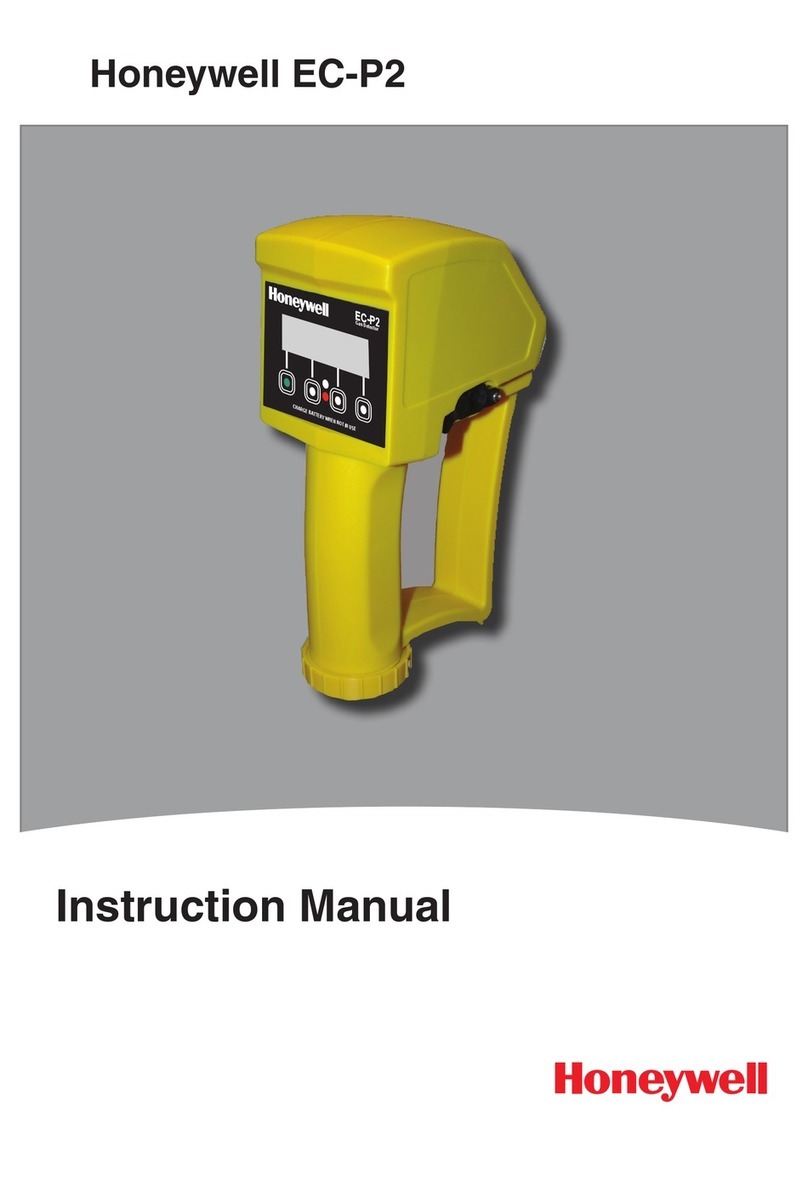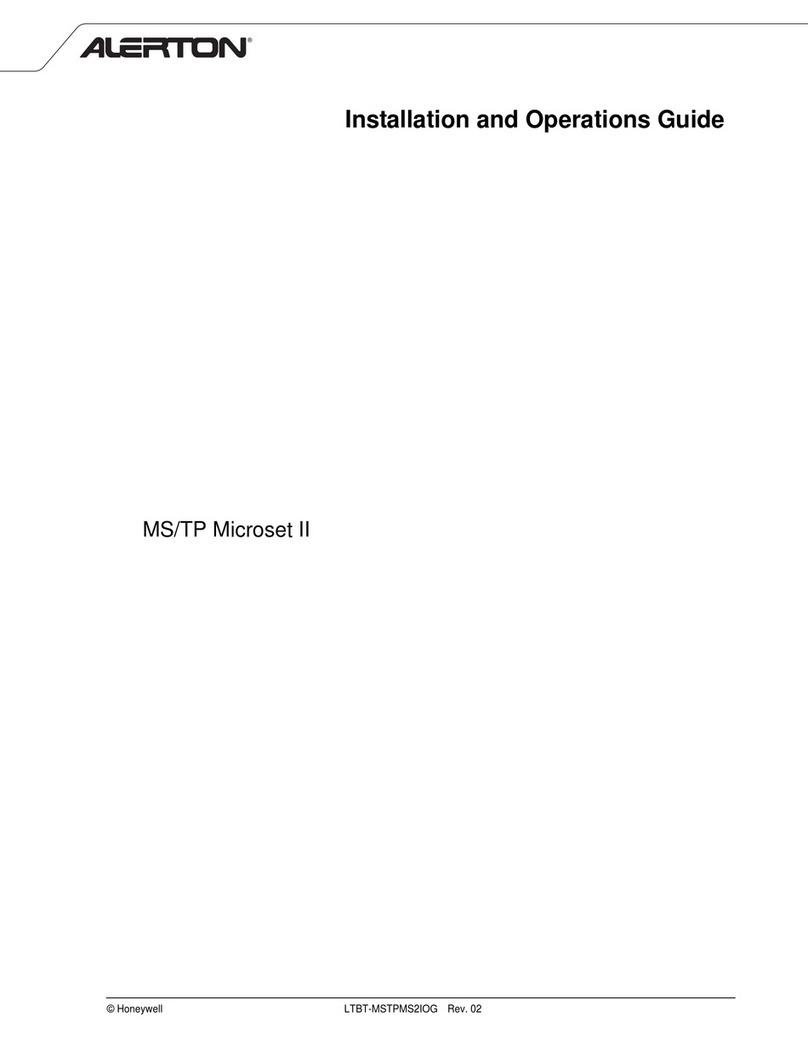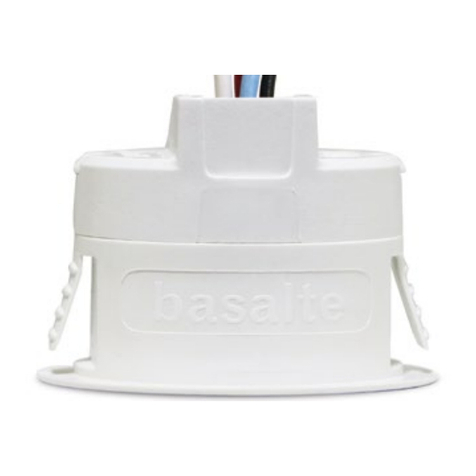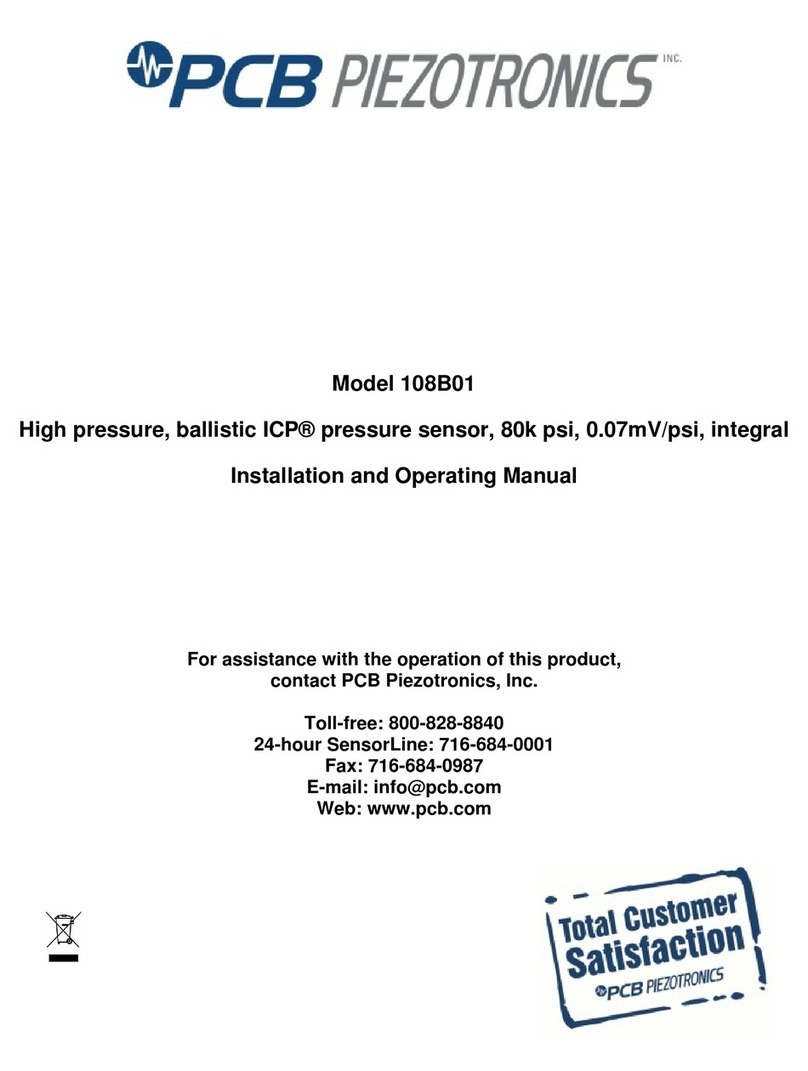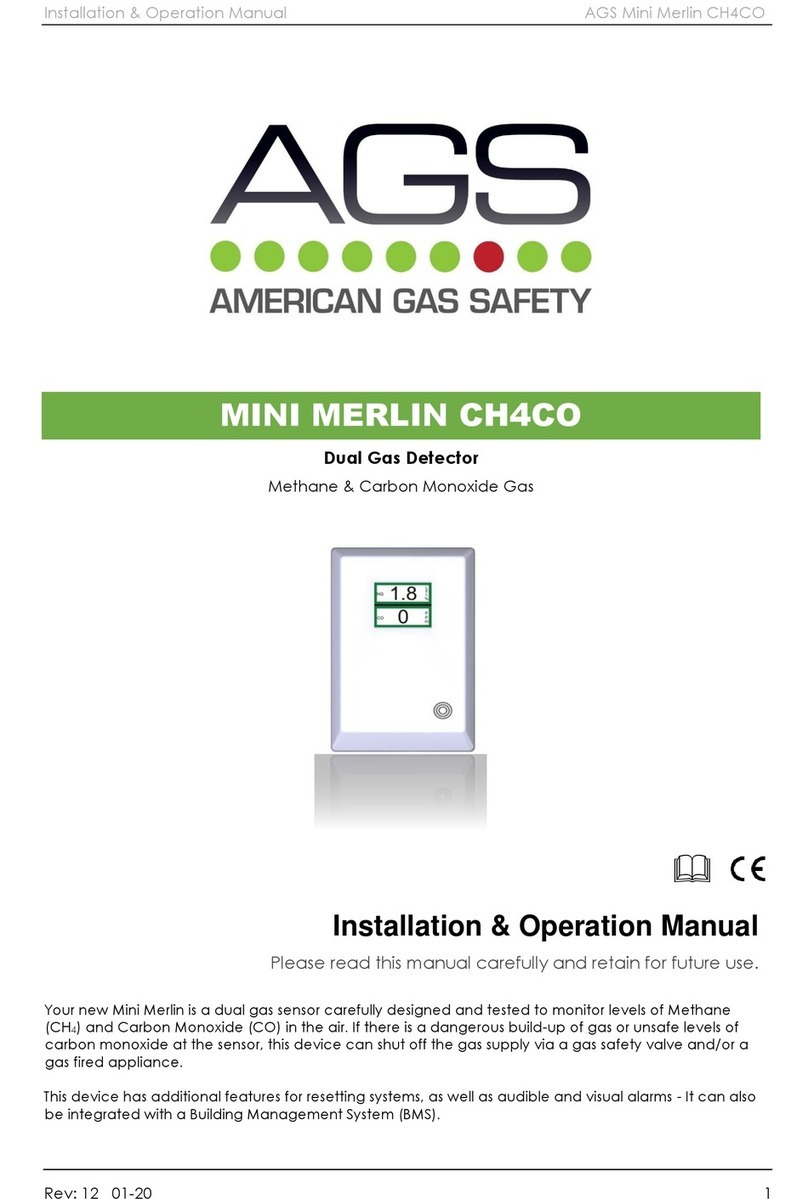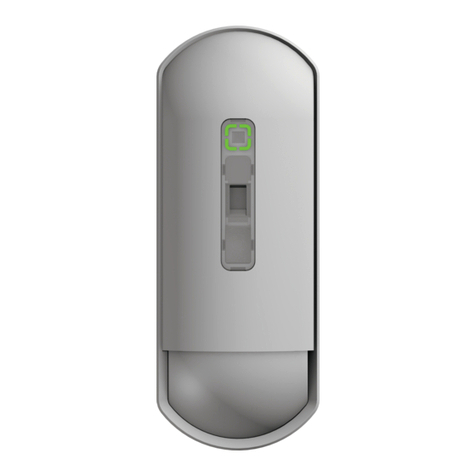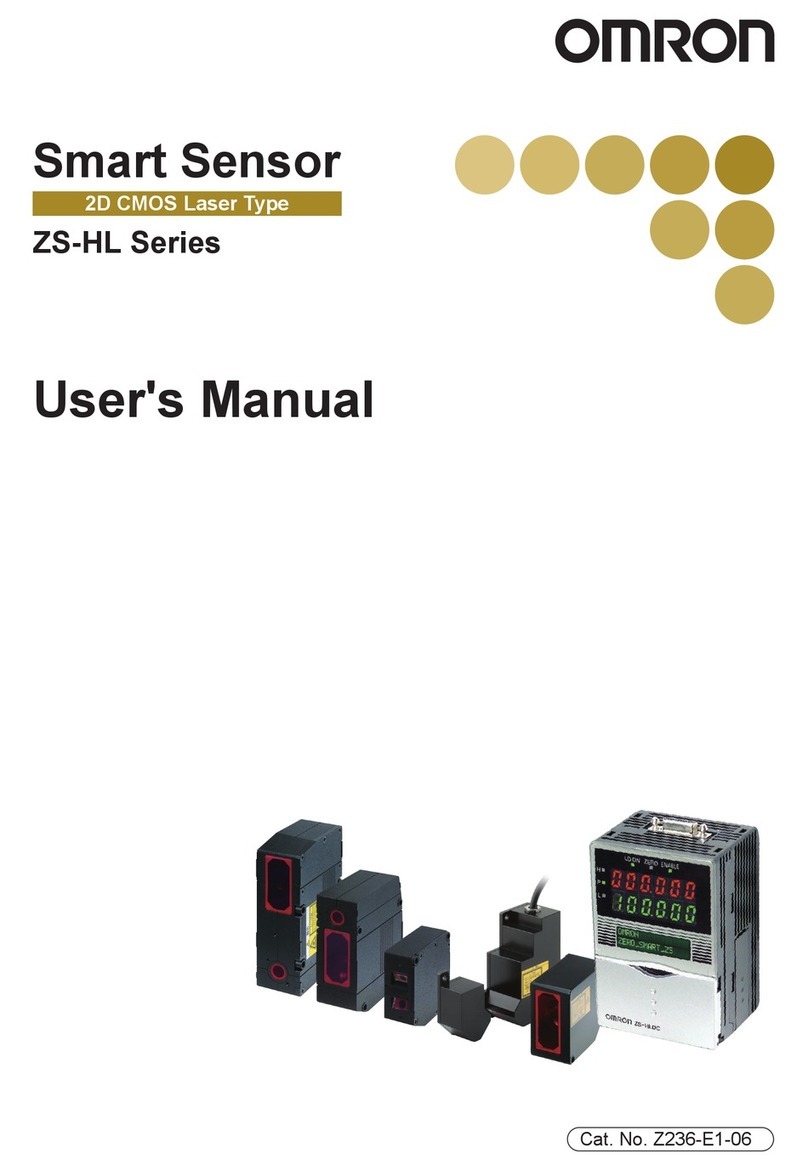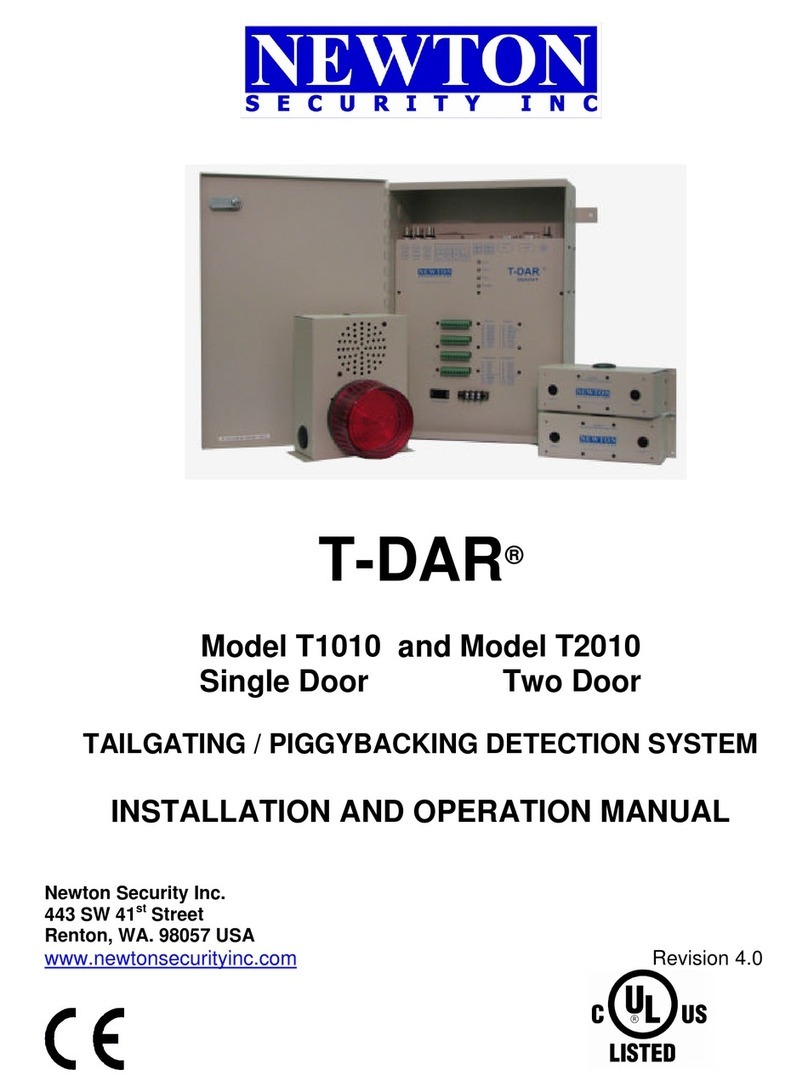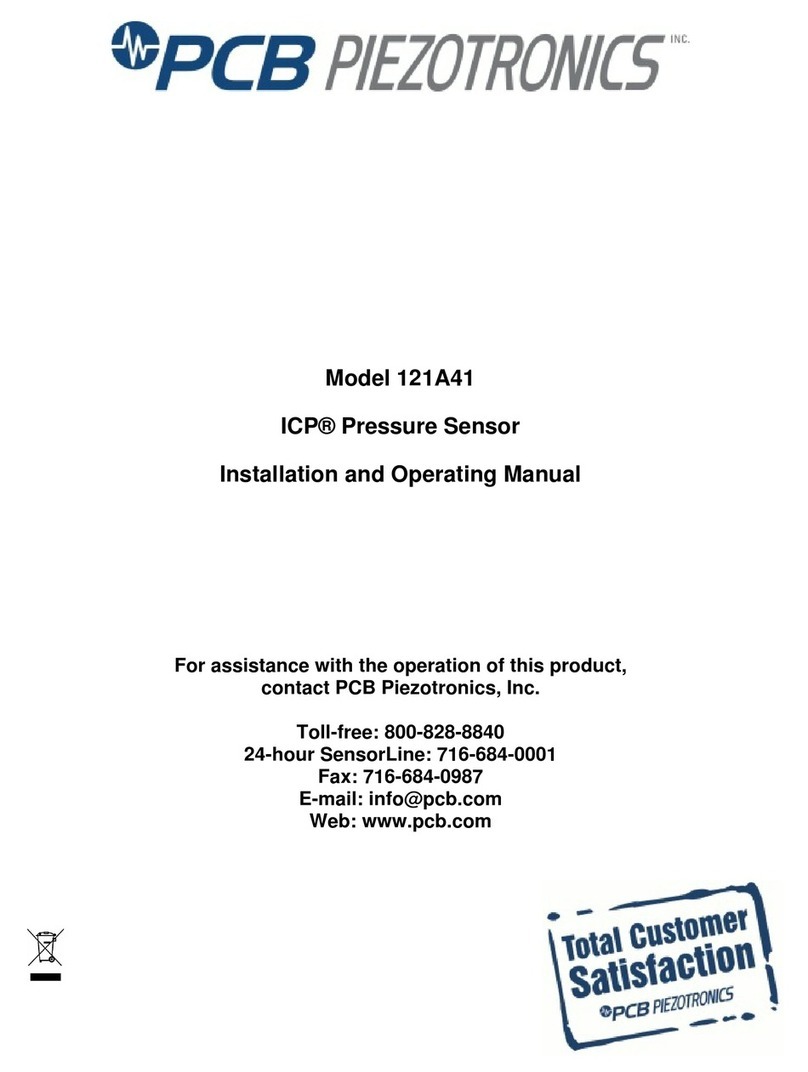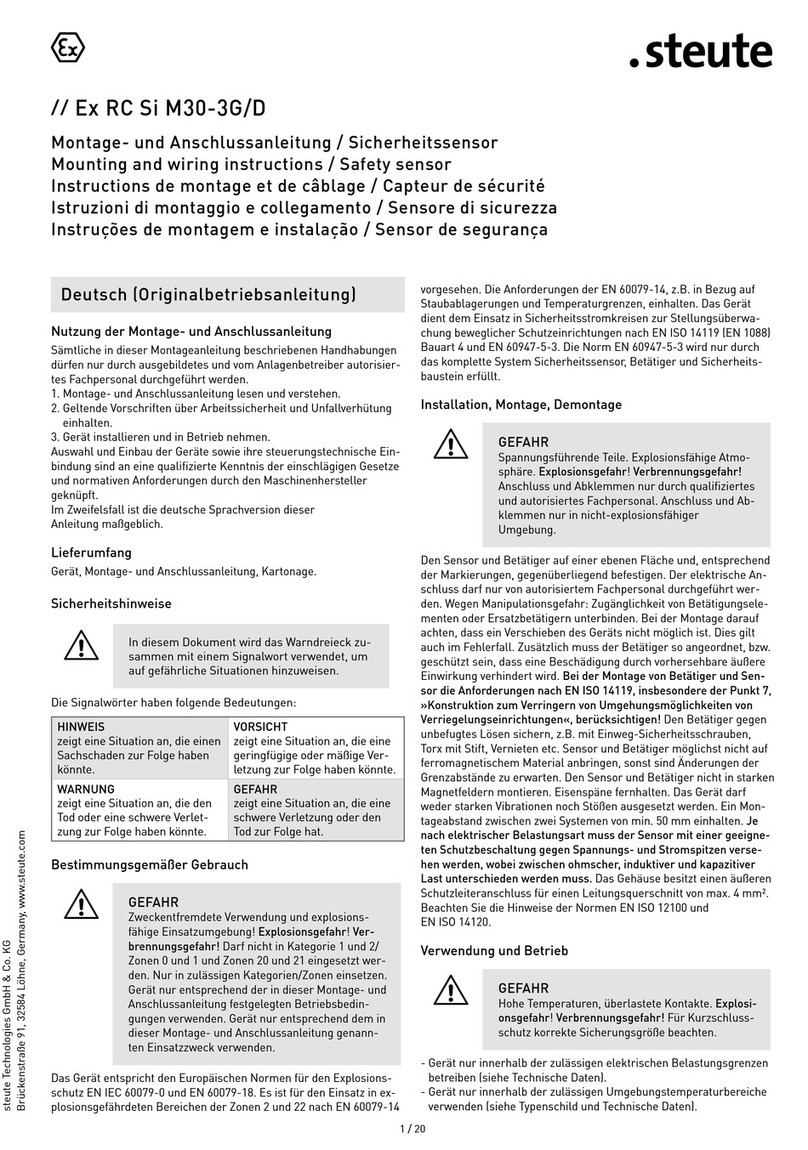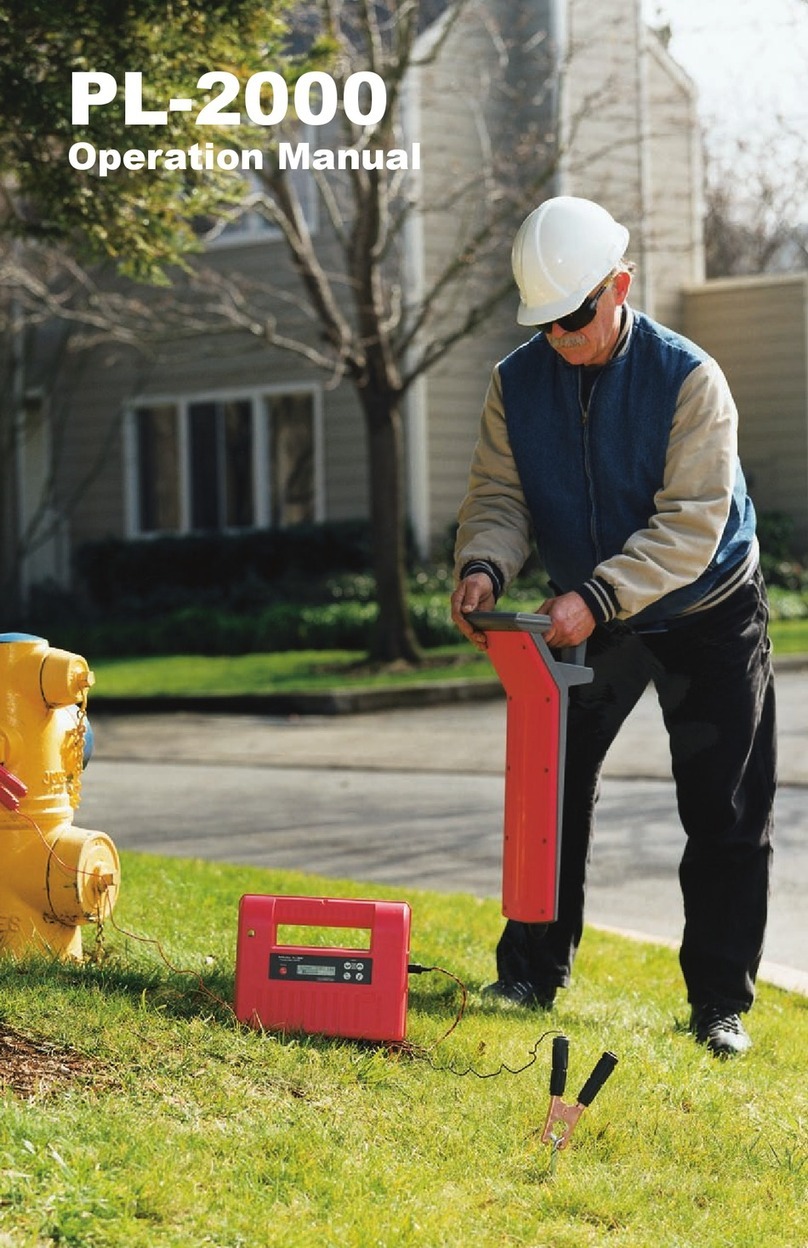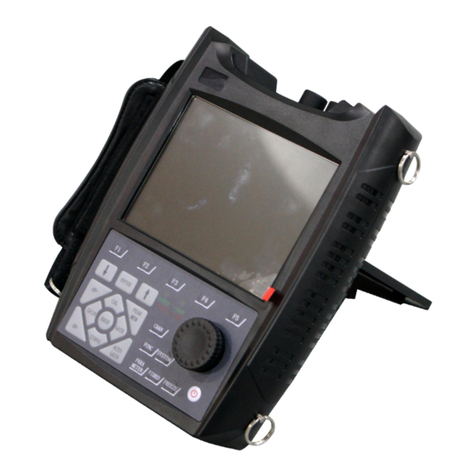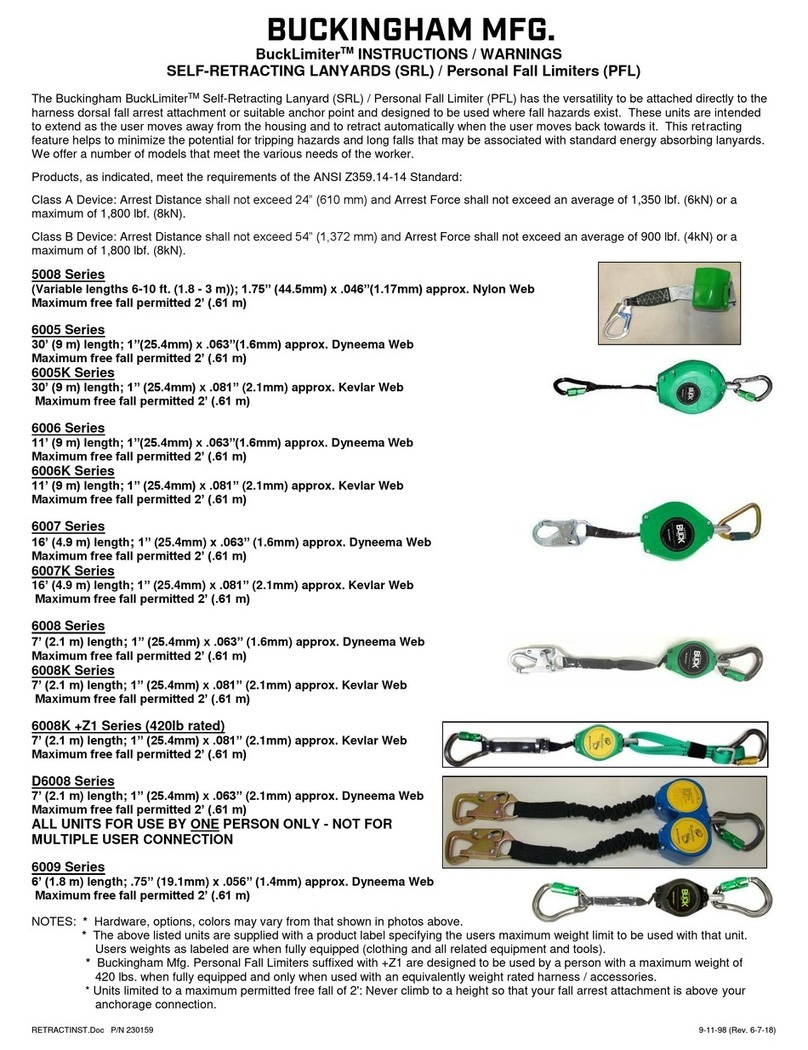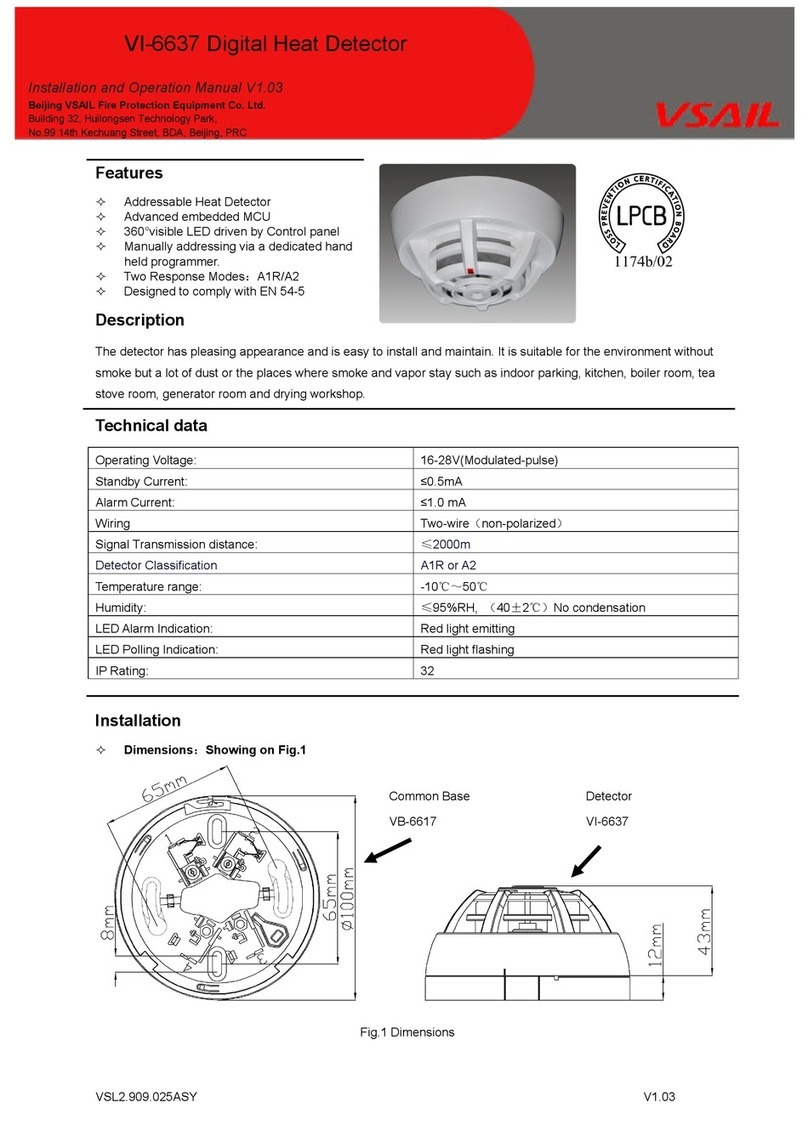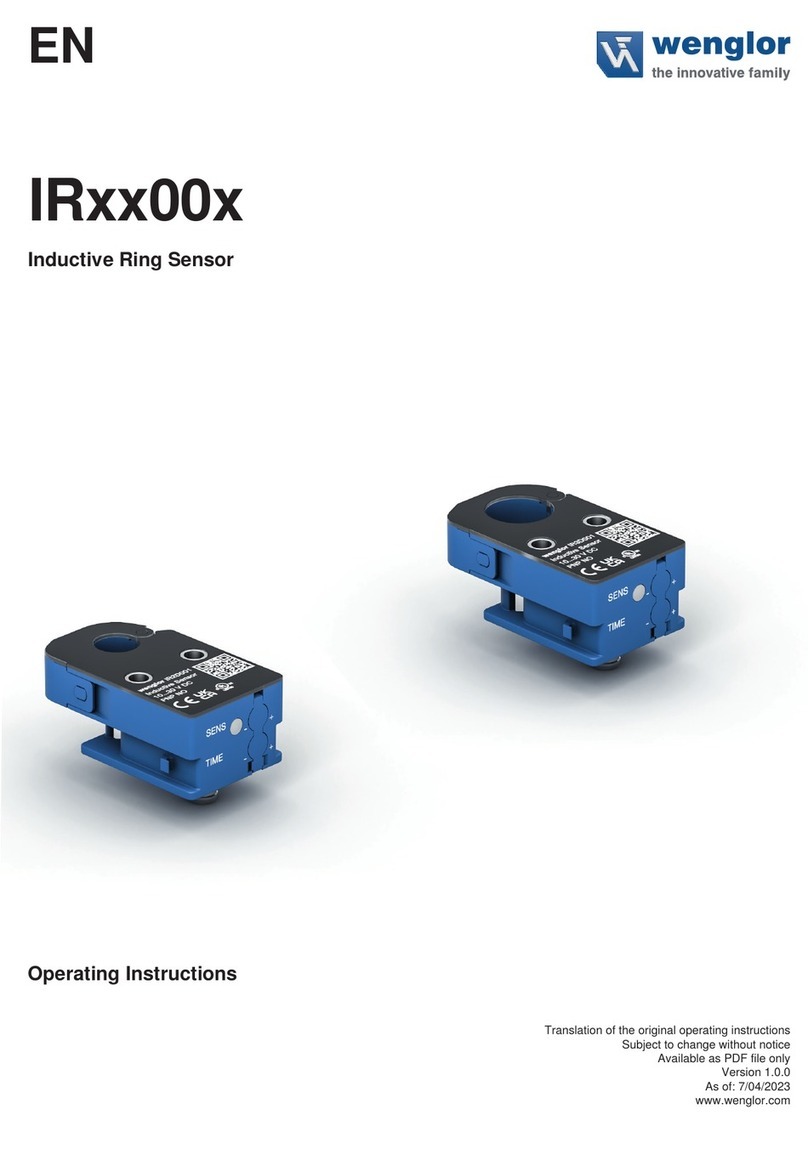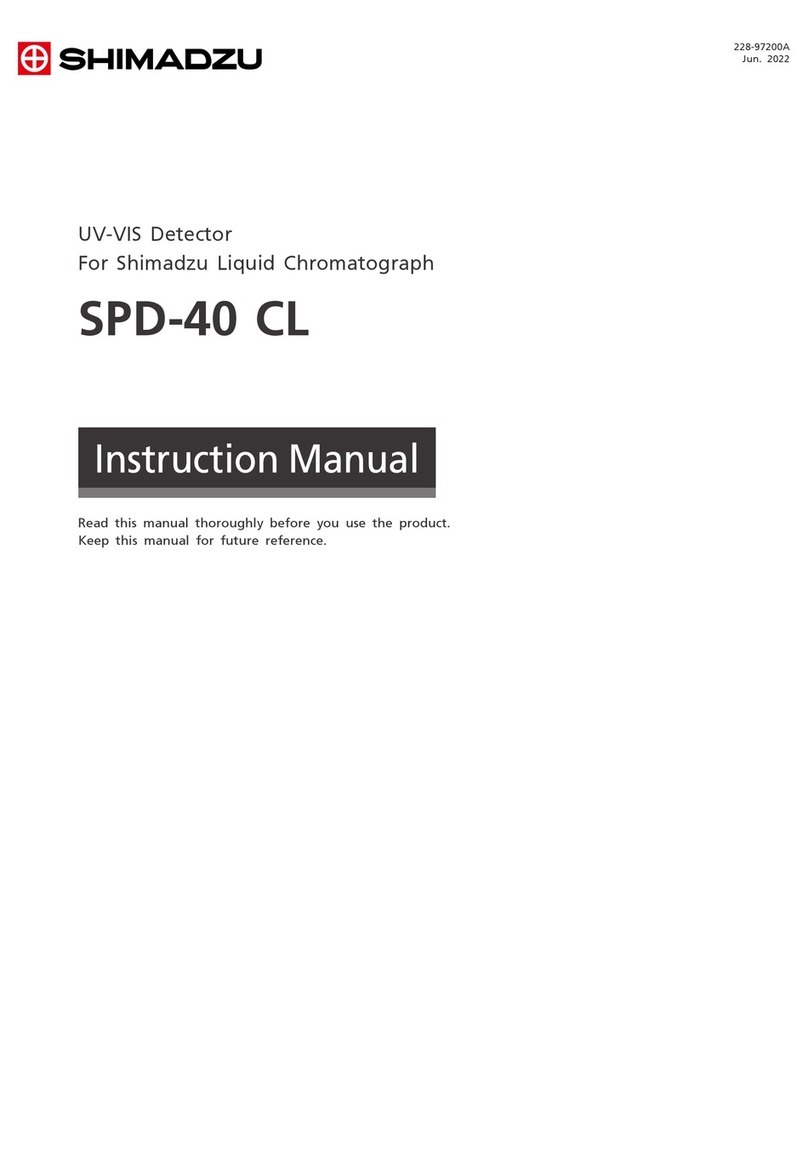
228-90095F
7.2.12 Changing the power supply input voltage ..................................................................................................44
7.2.13 The cautions at the time of linearity compensation [LINEAR CALIB] operation.................................45
Chapter 8 Troubleshooting..............................................................................................................46
8.1 Using symptoms to identify the problem................................................................................................................46
8.2 Using the error display to identify the problem....................................................................................................46
8.3 Problems with electrical circuits and points to check .........................................................................................47
8.3.1 SPD20-MAIN circuit board....................................................................................................................................47
8.3.2 SPD20-PWR(POWER) circuit board.................................................................................................................49
Chapter 9 Electrical circuits............................................................................................................50
9.1 PCB diagram, SPD-20 cables .....................................................................................................................................50
9.2 Circuit diagram, LC20-KEY .......................................................................................................................................51
9.3 Circuit diagram, SPD20-MAIN.................................................................................................................................52
9.3.1 Circuit diagram ,SPD20-MAIN 1/8 ....................................................................................................................52
9.3.2 Circuit diagram, SPD20-MAIN 2/8 ....................................................................................................................53
9.3.3 Circuit diagram, SPD20-MAIN 3/8 ....................................................................................................................54
9.3.4 Circuit diagram, SPD20-MAIN 4/8 ....................................................................................................................55
9.3.5 Circuit diagram, SPD20-MAIN 5/8 ....................................................................................................................56
9.3.6 Circuit diagram, SPD20-MAIN 6/8 ....................................................................................................................57
9.3.7 Circuit diagram, SPD20-MAIN 7/8 ....................................................................................................................58
9.3.8 Circuit diagram, SPD20-MAIN 8/8 ....................................................................................................................59
9.4 Circuit diagram, SPD- POWER................................................................................................................................60
9.4.1 Circuit diagram ,SPD20-PWR 1/5.......................................................................................................................60
9.4.2 Circuit diagram, SPD- POWER 2/5....................................................................................................................61
9.4.3 Circuit diagram, SPD- POWER 3/5....................................................................................................................62
9.4.4 Circuit diagram, SPD- POWER 4/5....................................................................................................................63
9.4.5 Circuit diagram, SPD- POWER 5/5....................................................................................................................64
9.5 Circuit diagram, PB-1 ASSY.......................................................................................................................................65
Chapter 10 Parts lists..........................................................................................................................66
10.1 Consumable parts list.....................................................................................................................................................66
10.2 Optical repair parts list ..................................................................................................................................................66
10.3 Temperature-controlled flow cell and plumbing parts list ...............................................................................66
10.4 Electrical parts list............................................................................................................................................................67




















